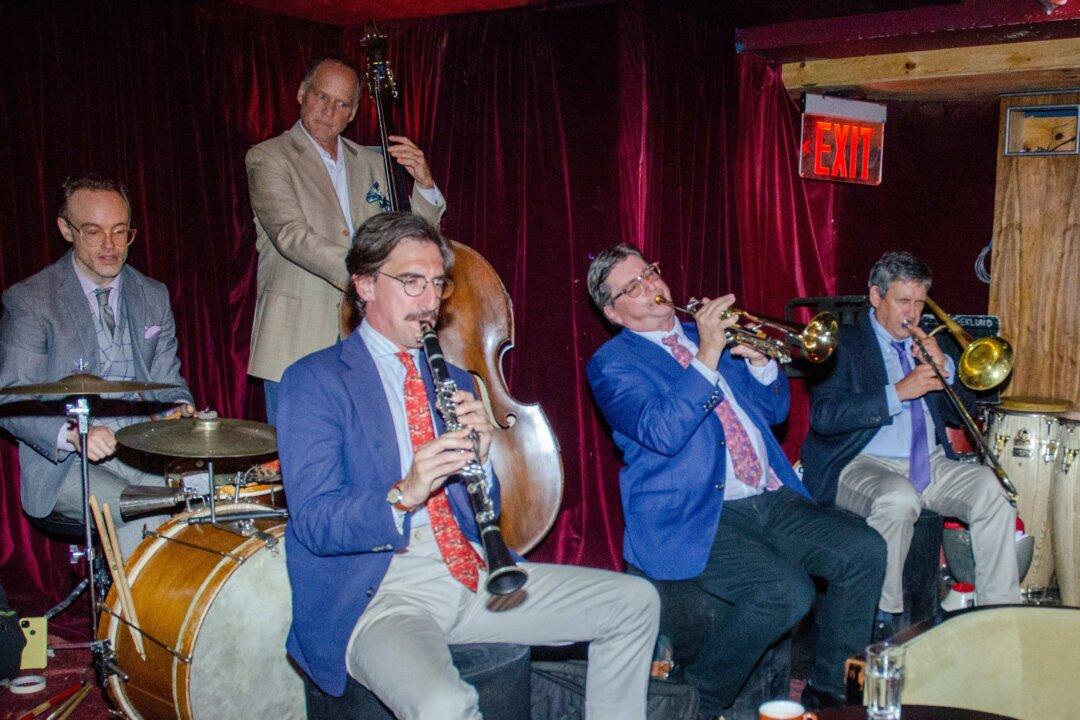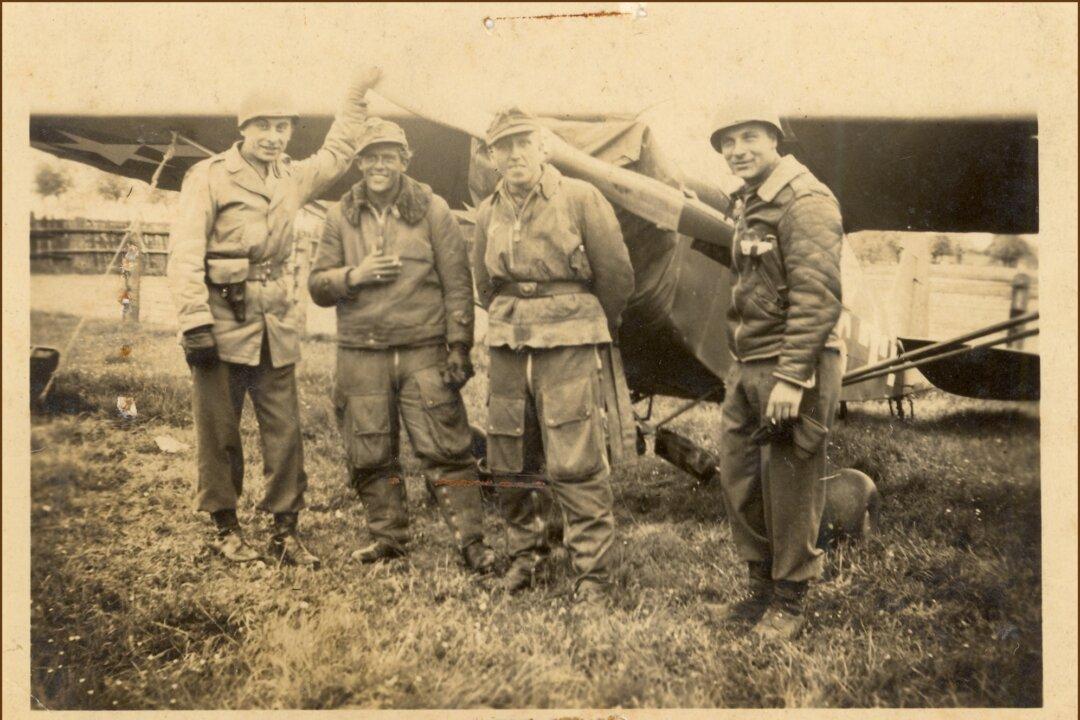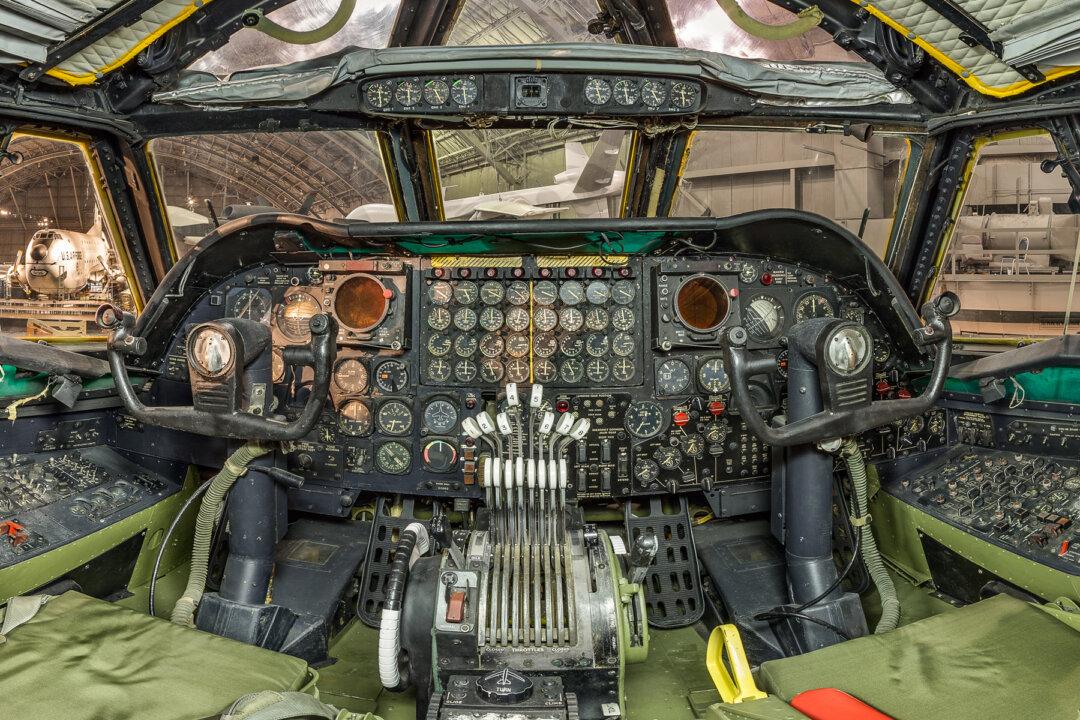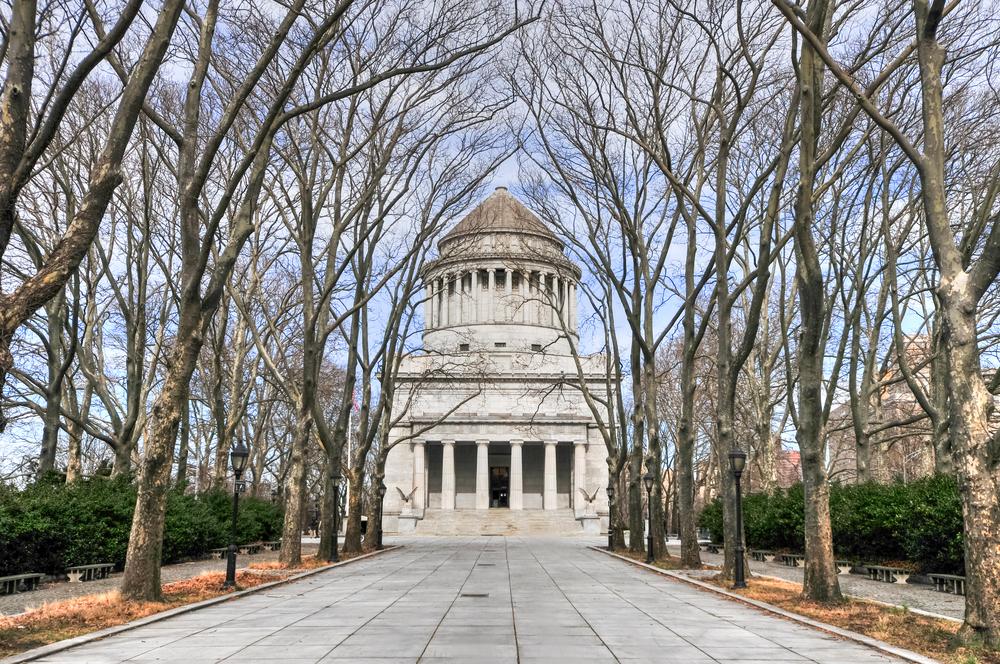On a summer’s day in 1955, the stars aligned for an airman second class at the Lowry Air Force Base in Denver, Colorado. This was just before the days when Camp David became the official presidential retreat, and President Dwight D. Eisenhower used a property near the base known as the “Summer White House.”
Twenty-one-year-old Al Freni was assigned to the president as his official photographer. On August 16, he and several other photographers were shooting Eisenhower (known as Ike) and his grandson, David, as they were recreating on a nearby ranch, owned by one of Ike’s friends, Aksel Neilsen.
Freni took the picture that would kick-start his career. It’s of the pair fishing at a pier, bonding as grandfathers and grandsons do. This picture would be republished in books and magazines and exhibited for decades thereafter.
Freni’s story begins in 1933, when he was the second son born to Italian immigrant parents in the Jackson Heights neighborhood of Queens, New York. His birth name was Alfredo Giuseppe Freni, but several years later, an editor felt it would take up too much space in his publication and, in an Ellis Island-style move, insisted he simply go by Al Freni.
At 10 years old, Freni purchased his first camera, a Clix Deluxe, for $1.79. Soon after, his older cousin purchased a basic darkroom kit for Freni, and he started developing and printing his own pictures in the bathroom and what was the coal bin in his family’s house.
Completely by chance, famed Life magazine photographer Alfred Eisenstaedt lived in an apartment building two blocks from the Freni household. Upon learning this, Freni scraped up a dime to purchase the latest issue, never having heard of Eisenstaedt before.
Freni attended the School of Industrial Art (now the High School of Art and Design) in Manhattan for high school, where he took four photography classes per day and was named “most probable to succeed” upon graduation in 1951.
At this point, the Korean War was on, and Freni was of draftable age. For the next two years, he worked two different jobs but decided to enlist before he was to be drafted. He joined the Air Force in 1953 with the plan of working as a photographer.
The Air Force had a different plan. They trained him as a turret mechanic for B-47 bombers. After nine months of it, Freni had had enough and was seriously considering going AWOL. “I couldn’t stand what I was doing,” Freni said. A fellow airman suggested he speak with the base chaplain. Freni took that advice, and the chaplain, a colonel, pulled some strings. He offered Freni a position working for the weekly Air Force newspaper, called Airmen. Freni jumped at the offer.






